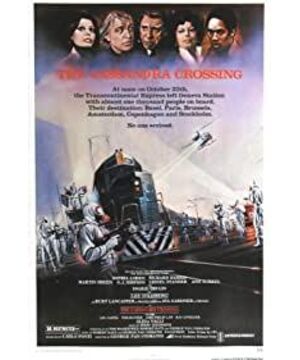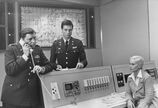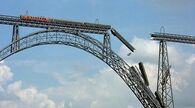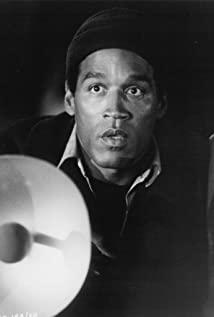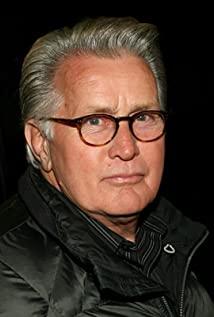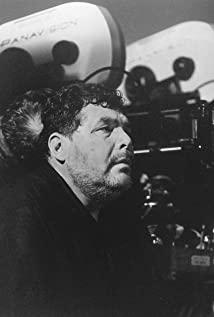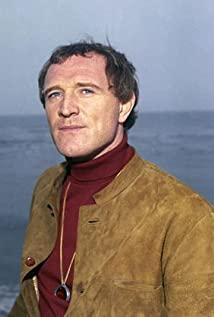Feeling of the recent rampant pneumonia epidemic, I relived a translation of the last century "Cassandra Bridge" at home on the afternoon of the fourth day of the first lunar month.
A terrorist was infected with the pneumonic plague virus by accidentally breaking into the biological laboratory of the United States headquarters in Geneva. After being hunted down, he fled to a train heading for Stockholm. The virus is very contagious, but no one knows it on the train, and the climax of the story unfolds. After the authorities tracked down the virus-carrying terrorist on the train, they considered repeatedly and made the decision to close the entire train and make the train diverted to the dilapidated Cassandra Bridge for self-destruction. As a result, a well-known doctor on the vehicle, with the help of his author's ex-wife and a Jewish watch dealer, discovered the intentions of the relevant departments and fought desperately. In the end, before the train arrived at the Cassandra Bridge, the carriage was successfully decoupled, and he and some personnel survived. What's even more happy ending is that the pneumonic plague virus finally disappeared through the spread of oxygen in the air.
This 1976 movie still has great practical significance today. Especially nowadays, the new type of pneumonia that originated in Wuhan is raging across China. As of January 29, 6,014 cases of infection have been confirmed nationwide, with 132 deaths. The city was closed and the land was closed, and the talk of the epidemic changed, and the originally noisy Chinese New Year holiday was completely gone.
Coincidentally, the virus in the movie is pneumonic plague, which originated from mice in the laboratory; in reality, the origin of the new type of pneumonia is very likely to be a bat with a facial appearance that resembles a mouse. The screenwriter of the movie might not have imagined that in the world more than 40 years later, the way in which the magical new humans are infected with the virus is even more ridiculous than being infected by accidentally breaking into the laboratory. How does bat sashimi taste? This has to be eaten to know.
Reality is always more fantasy than movies. The virus in the movie is moving along with the train on a closed train; in the real world, the population of 5 million in the epidemic area is sent to all parts of the country in a population migration called the Spring Festival. Infected, uninfected; Wuhan, Hubei; local, non-local; for a time, a mess. No matter how great the director and screenwriter are, I am afraid that they would not dare to write such a plot. How to continue? How does it end? No one knows.
When watching a movie, the barrage is very interesting. Many people spoke, feeling that the practice of closing the trains completely and armed personnel bringing guns into the venue to maintain order is too cold. In reality, the word "Wuhan" has suddenly become the most terrifying word in this new year. When people see the license plate of Hubei A, it's like looking at the tiger's face and crying for help; when they meet people in Wuhan, they can't wait to hide under the ground immediately, and they make "Bah Bah" twice in their hearts, which is really unlucky. At this time, it is estimated that the so-called big villain in the movie, that is, the officer who gave the order to let the train go to the Deadly Bridge, is not so horrible, it seems to be a little bit so cute. But don't let the epidemic spread... the train crashed? Just leave it alone, destroy it, don’t spread it. Of course, we are not so cruel people. Let's shout "Go on Wuhan" on the Internet!
Such behavior is of course blameless. After all, everyone has the basic requirement of pursuing health and not being infected. It is extremely dangerous for people in the epidemic area to move around without knowing whether they are infected or not, whether from the moral or practical impact. But the real question is that these are only the results of the 5 million people in the epidemic area being sent to the whole country. How did the door of this train open in reality?
The Danish philosopher Kierkegaard once told a short story: He said that there was a clown in the Danish theater. When it was the turn of the clown to perform, the backstage suddenly caught fire. The clown stepped on the stage panting and told the audience below that there was a fire behind, and everyone hurried for their lives. The audience laughed, the clown was anxious, and once again warned, the audience was even more unscrupulous, repeatedly praising the clown for his outstanding performance. The more anxious the clown explained, the more people thought the clown was ridiculous. The philosopher finally said: This world will be destroyed in such laughter.
Now, looking back, I wonder if you can recall the harsh laughter that we all made when we heard Wuhan pneumonia at the very beginning. Ironically, the "8 clowns who shouted and caught fire" were actually regarded as clowns spreading rumors and received punishment.
In the movie, the train headed towards the Cassandra Bridge, but was eventually saved by the spread of oxygen and the protagonist's resistance; in reality, the originally local epidemic was ignored because of the call that it could not be spread, and eventually evolved. It became a national disaster. Then, it was like Pandora's box: discrimination was opened, fear was opened, and humanity that could not be tested had to be selected, ignored, and sacrificed.
Now we are all on the train. Where will it end?
Cassandra Bridge? OH, NO...
Let oxygen spread freely, maybe we will all be cured before Cassandra.
View more about The Cassandra Crossing reviews


